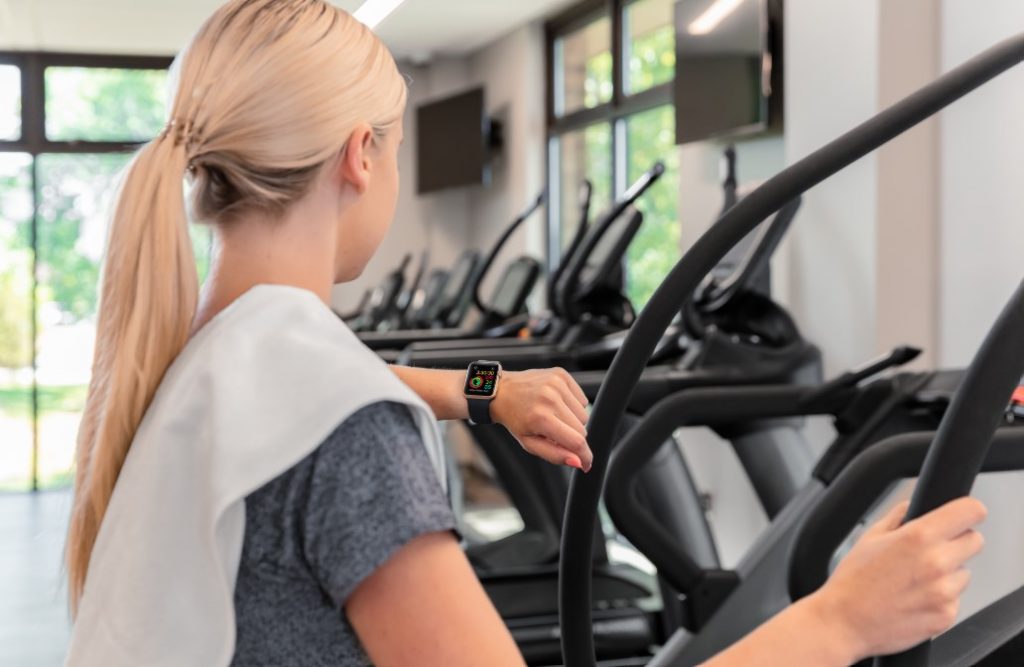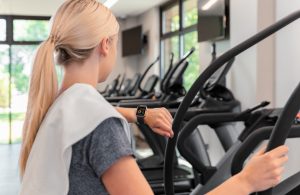
Tips for Trainers: Optimizing Your Client’s Fitness Wearables
Fitness wearables like FitBit are in, and as a fitness trainer you may be seeing more and more of your clients wearing them. Here’s how you can help your client get the most out of their fitness wearable:
Enter Accurate Personal Information
Make sure that your client inputs accurate personal information before they begin using their fitness wearable:
- Height
- Weight
- Age
- Sex
Because everyone is different based on these factors, having this information will make the client’s fitness tracker information more accurate. If they don’t, then they—and by extension, you—won’t have an accurate picture of their fitness levels.
Wear on Non-Dominate Wrist
Studies have shown that when a person wears their fitness wearable on their non-dominate hand, their trackers were more accurate. So when optimizing your client’s fitness wearables make sure that they use their non-dominate wrist and that the tracker is set for that wrist. The reason being, when the tracker knows the wearer isn’t wearing it on the dominate wrist, it’ll be more sensitive since the non-dominate hand doesn’t move as much.
Don’t Forget to Calibrate
After clients have put in their personal information, help your client calibrate their fitness wearable. To calibrate, take your clients to a track where you know the distance and have them count their steps. If their tracker doesn’t match their steps, update their stride length in the Body Info section if they have a FitBit.
Having an accurate fitness tracker will help clients keep track of how much they moved in a given time, resulting in more accurate information for you. That way, you can adjust their workout program as needed.
Set Realistic Goals
After helping your clients personalize their fitness wearable and before implementing it into their fitness routine, let them know that wearables aren’t perfect and are meant to supplement their routine. Fitness wearables are good for showing patterns of activity, which is what you will be using to
Clients can wear fitness trackers all they want, but they’ll only be effective if the wearer actually exercises. Work with your client to set realistic goals to meet each day after gathering baseline data about your client’s normal fitness activities. With this data in hand, you can better understand your client and personalize their goals.
